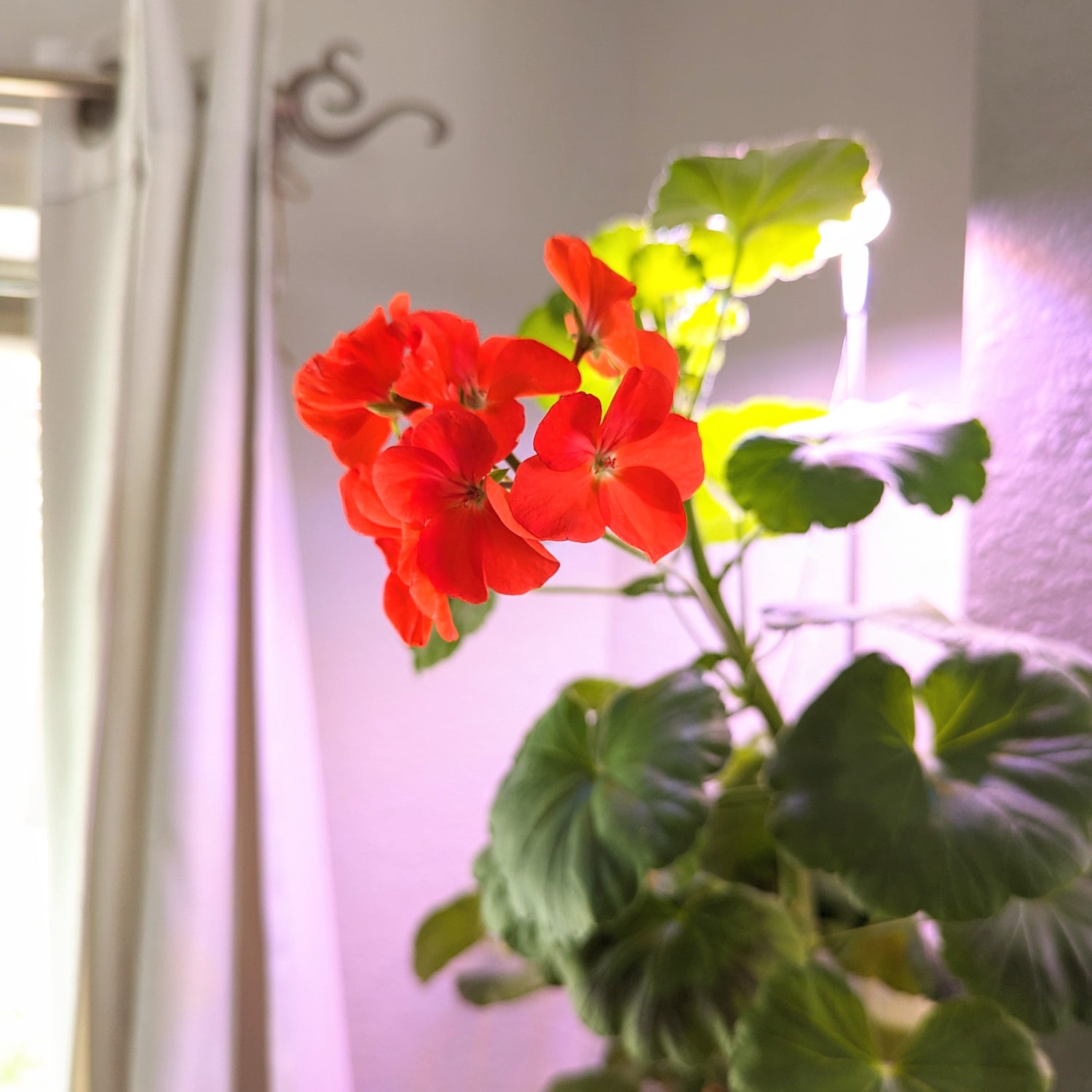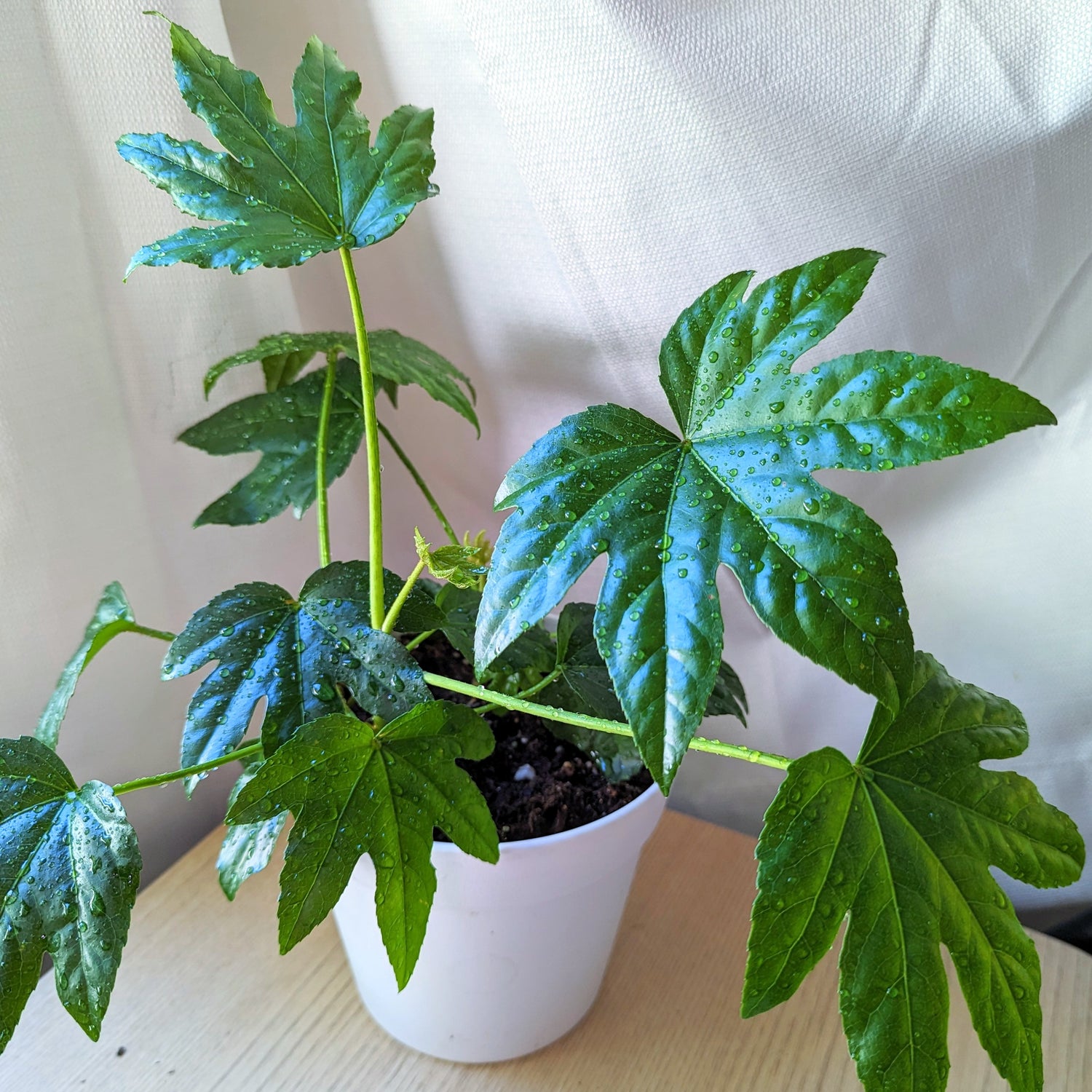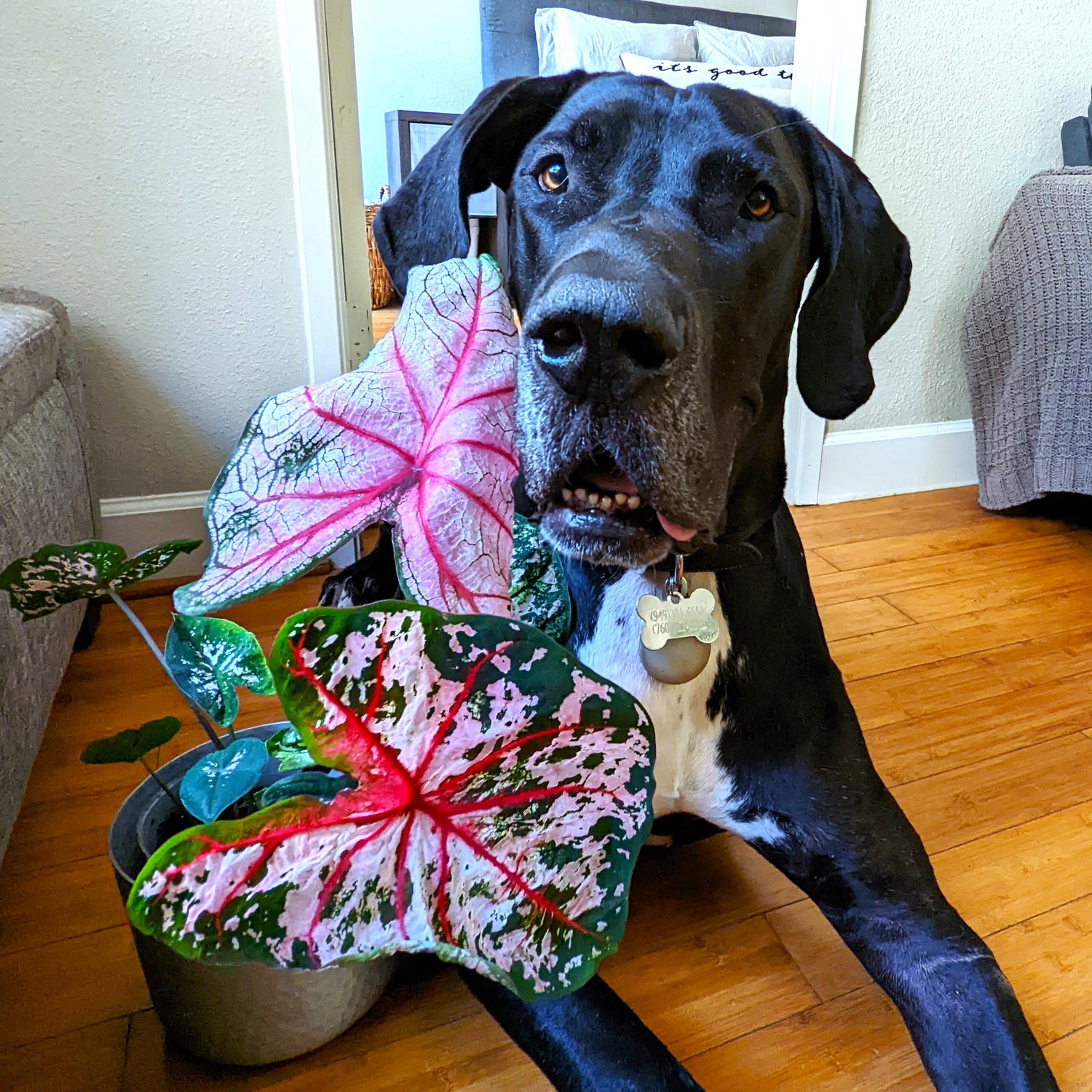One of the underrated houseplants out there, the Fatsia Japonica(or Japanese Aralia) is a beautiful, lush plant that also happens to be very easy to grow and take care of! You may not have as much luck finding an adult Fatsia plant, but don’t fret, luckily the seeds for these lovely plants are easily found right here :)
A little background on this tropical plant variety:

Fatsia are native to Japan, Korea and Taiwan and can grow up to 16ft when grown outdoors with their big, lush leaves spanning up to a foot in length! Indoors, if given the right conditions, you can expect this plant to get up to 6ft tall and wide.
Japanese Aralia are hardy plants and can be used as a shrub in a shady spot outdoors in warmer climates or as a houseplant indoors. You can propagate Fatsia, as long as you use rooting hormone and keep the cutting’s warm and moist. However if you can’t find an adult plant or have access to a cutting, growing from seed is a great and cost-effective option! Being a fast-growing plant, it won’t take as long as you may think to grow a seedling into a nicely sized adult plant to contribute to your indoor jungle ;)

How to grow Fatsia Japonica plants from seed:
Growing Fatsia from seed is much like growing any other houseplant varieties from seed. You need to provide ample light, moisture and warmth.
Plant the seeds evenly in moist well-draining potting mix. To help maintain humidity and warmth, wrap the container in plastic wrap or cover it with a plastic lid. You’ll want to keep the seeds at about 80F to get them to germinate, so use a heat mat if necessary. Place the container in a brightly lit spot away from direct sunlight and monitor the setup to make sure the soil doesn’t dry out.
In those conditions, the seeds should germinate for you in as quickly as 2 weeks, but give them a full month to completely sprout. Once the seeds have sprouted you can remove the plastic covering, but make sure the seedlings are still kept warm until they start getting a few adult leaves going after which you can move them to a cooler location.
Now that your seedlings are growing into adult plants, here are some guidelines for keeping your Fatsia Japonica happy:
How to care for the Japanese Aralia plant:
-
Lighting: If growing outdoors, give the Fatsia full shade to partial shade. If growing indoors, provide it with bright indirect light.
-
Watering: Make sure to keep the Fatsia plant moist, especially during spring/summer, but don’t overwater to prevent root rot.
-
Soil: Use rich well-draining indoor potting mix.
-
Fertilizing: During the growing season, fertilize it regularly with a weak fertilizer. You can still fertilize it fall/winter but keep it minimal(once a month or so).
-
Pests: Susceptible to aphids, mealy bugs, scale and whitefly.
-
Trimming: Trim the plant regularly to prevent a leggy appearance.
That’s the gist of it! Japanese Aralia plants are easy to care for and extremely rewarding to have as a part of your plant collection. If you want to try growing these from seed, click here, and tag me @plantflix on instagram on any progress updates!
Liked this post? Here are a few others you may enjoy:






1 comment
Hi
I have a couple of well-established Fatsia japonica plants growing in my garden here in Devon, South West England, which are currently bearing quite a lot of seeds which are gradually turning black. Should I wait until they are black before harvesting them, and is there any reason why those seeds shouldn’t germinate if I follow your instructions?
Thank you!